Yes, I know, everyone’s permanently attached to a screen nowadays, but I still love a good old-fashioned board game. Sure, I like to doom-scroll as much as the next person, but I also love to sit down and play an actual real game with friends or family. Playing these types of games has been an important social activity since history began.
From Ludo to chess to backgammon, many of the modern board games we know and love have ancient roots.
Since the dawn of time, people around the world have been playing games. Across every continent, from the windswept sands of ancient Egypt to the bustling marketplaces of ancient China, our ancestors found joy and camaraderie in games.
These activities weren’t just pastimes but often held significant cultural, religious, and social importance. Today, many of these ancient games continue to capture our imaginations and challenge our skills, offering a direct link to the past and a shared experience that transcends time and geography.
This list includes some of the oldest known games.
Senet
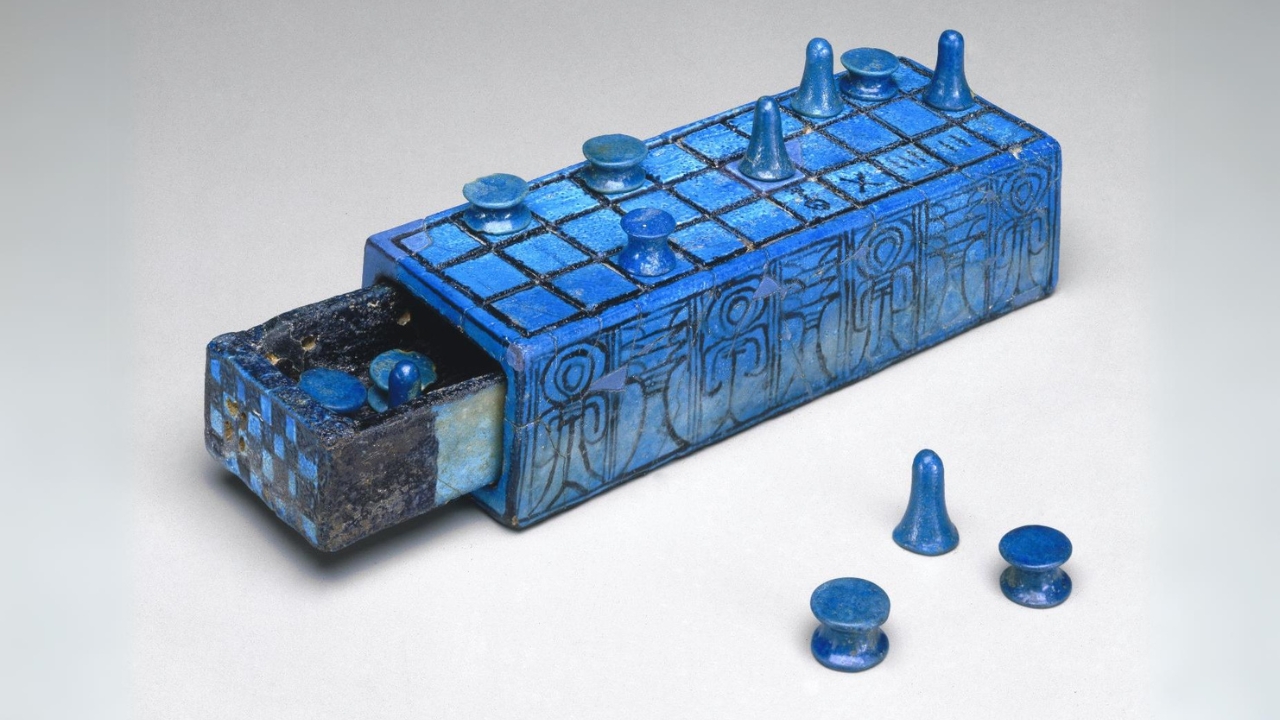
Senet is an ancient Egyptian board game that dates back to around 3500 BCE. It was played on a board with 30 squares and involved moving pieces based on the throw of dice or sticks. The game was so popular that many pharaohs were buried with Senet boards for entertainment in the afterlife.
The Royal Game of Ur
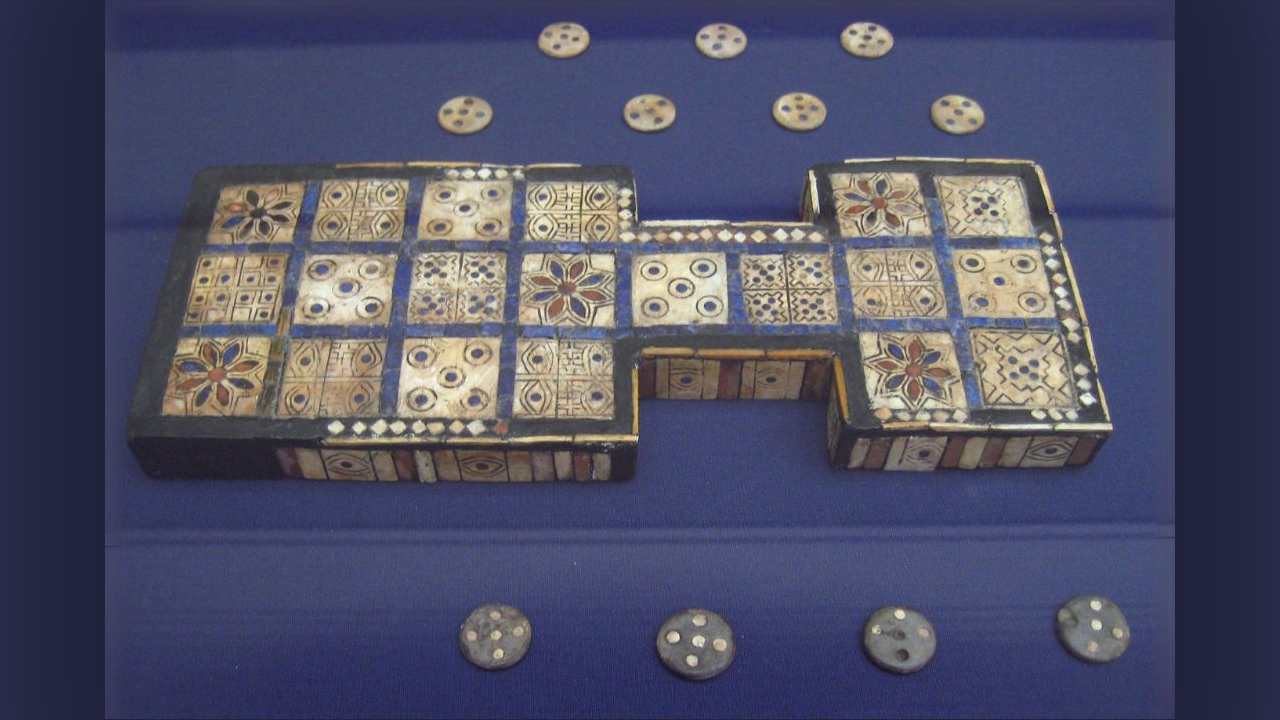
This game, also known as the Game of Twenty Squares, originated in ancient Mesopotamia around 2600 BCE. It was played on a beautifully decorated board with a set of pawns and dice. The Royal Game of Ur was enjoyed by people from all walks of life, from commoners to kings.
Mancala
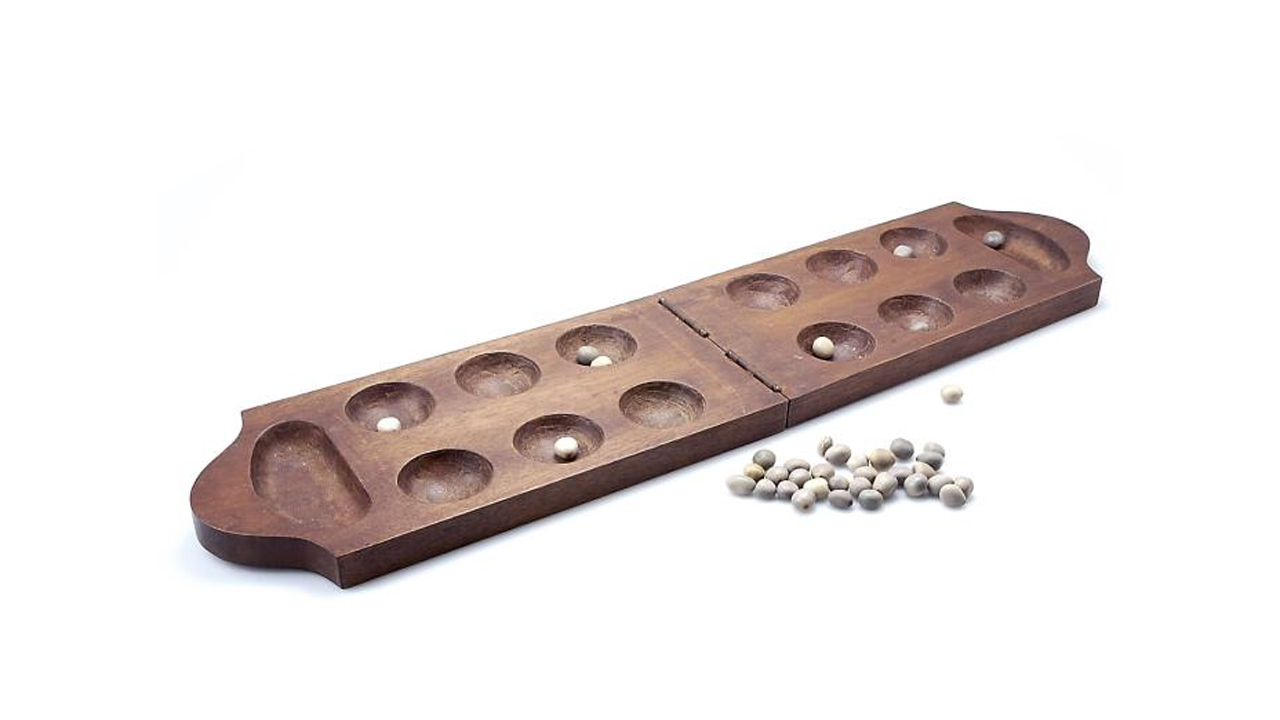
Mancala is a family of board games that has been played for over 1300 years, with its origins traced back to ancient Africa and the Middle East. The game involves moving stones or seeds around a board with hollowed-out cups, with the goal of capturing the most pieces. Today, Mancala is still enjoyed worldwide.
Go

Go, an ancient Chinese board game, has a history that spans over 2500 years. The game is played on a grid with black and white stones, with the objective of surrounding more territory than your opponent. Go is known for its simple rules but complex strategies, and it remains popular today.
Backgammon
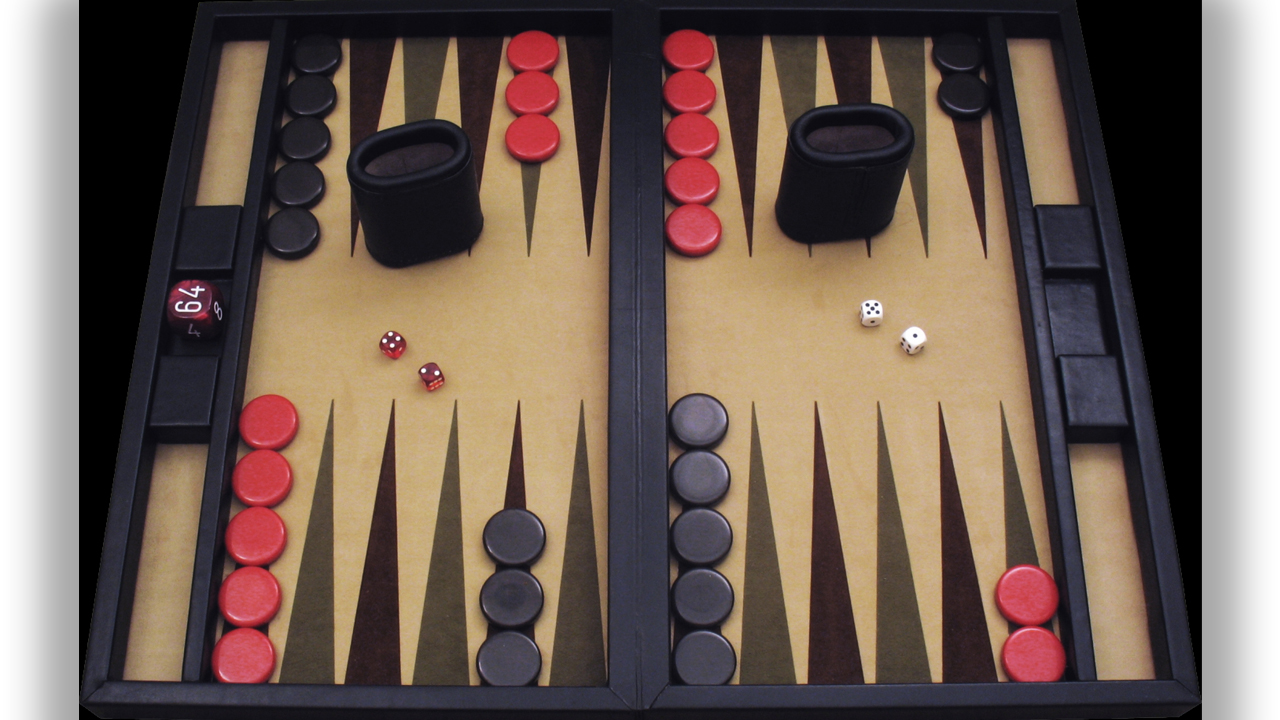
Backgammon, a two-player board game, has its roots in ancient Mesopotamia, dating back to around 3000 BCE. The game involves moving pieces around a board based on the roll of dice, with the goal of removing all your pieces from the board before your opponent does. Backgammon has remained popular for millennia.
Nine Men’s Morris
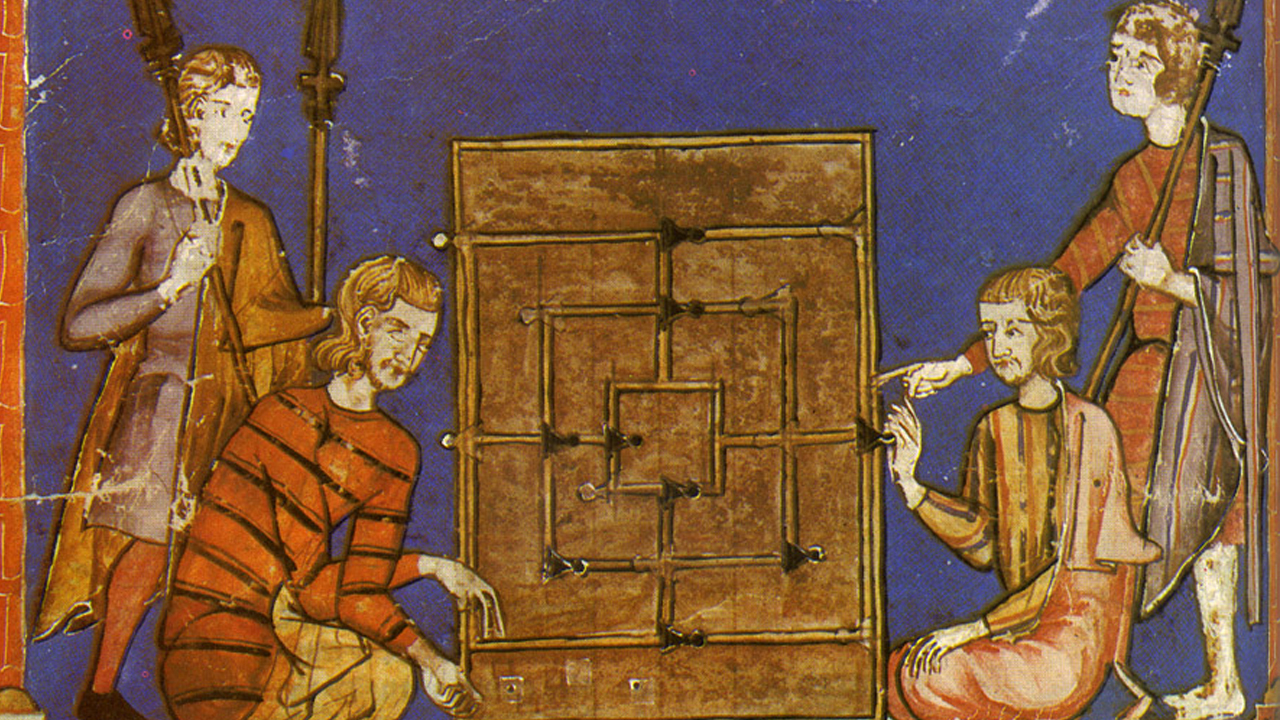
This strategy board game, also known as Mill, dates back to ancient Rome around 1400 BCE. The game is played on a board with 24 spots connected by lines, and the goal is to form “mills” (three pieces in a row) while preventing your opponent from doing the same. Nine Men’s Morris has been enjoyed for centuries.
Chess
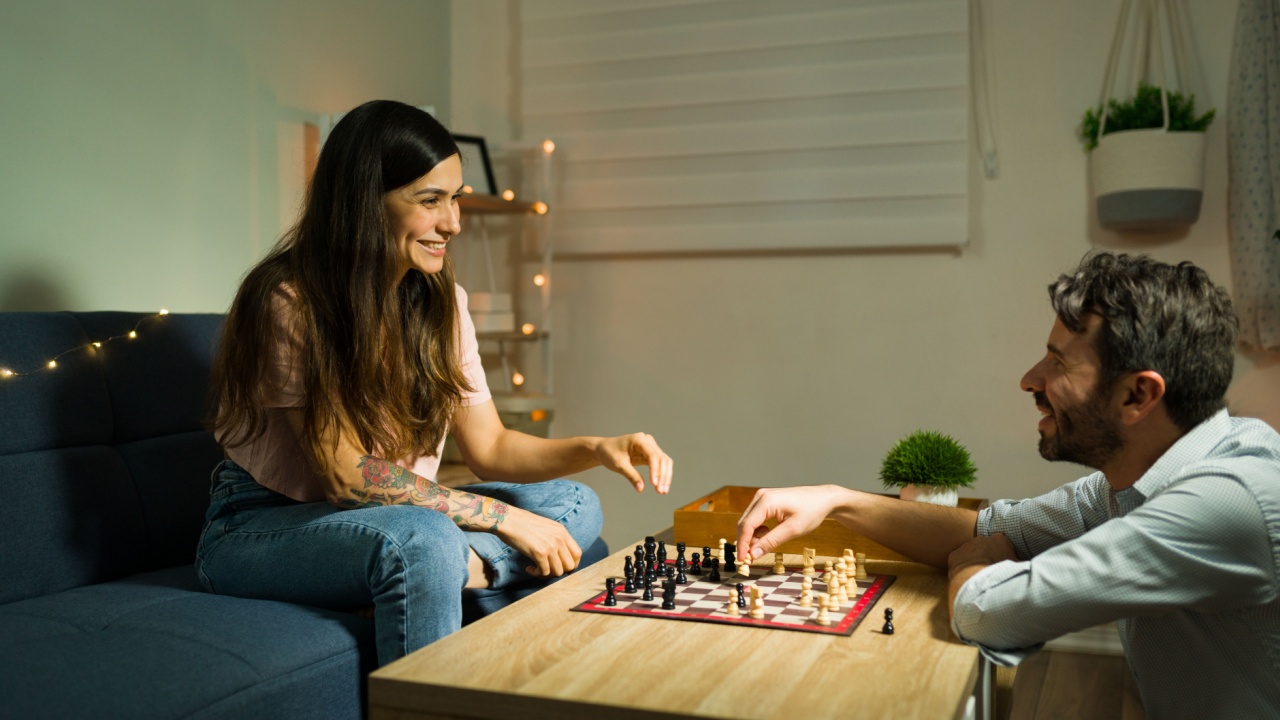
Chess, one of the world’s most popular board games, has its origins in India around the 6th century CE. The game spread through Persia and eventually to Europe, evolving into the game we know today. Chess is a game of strategy, with each player commanding an army of pieces with unique moves.
Pachisi
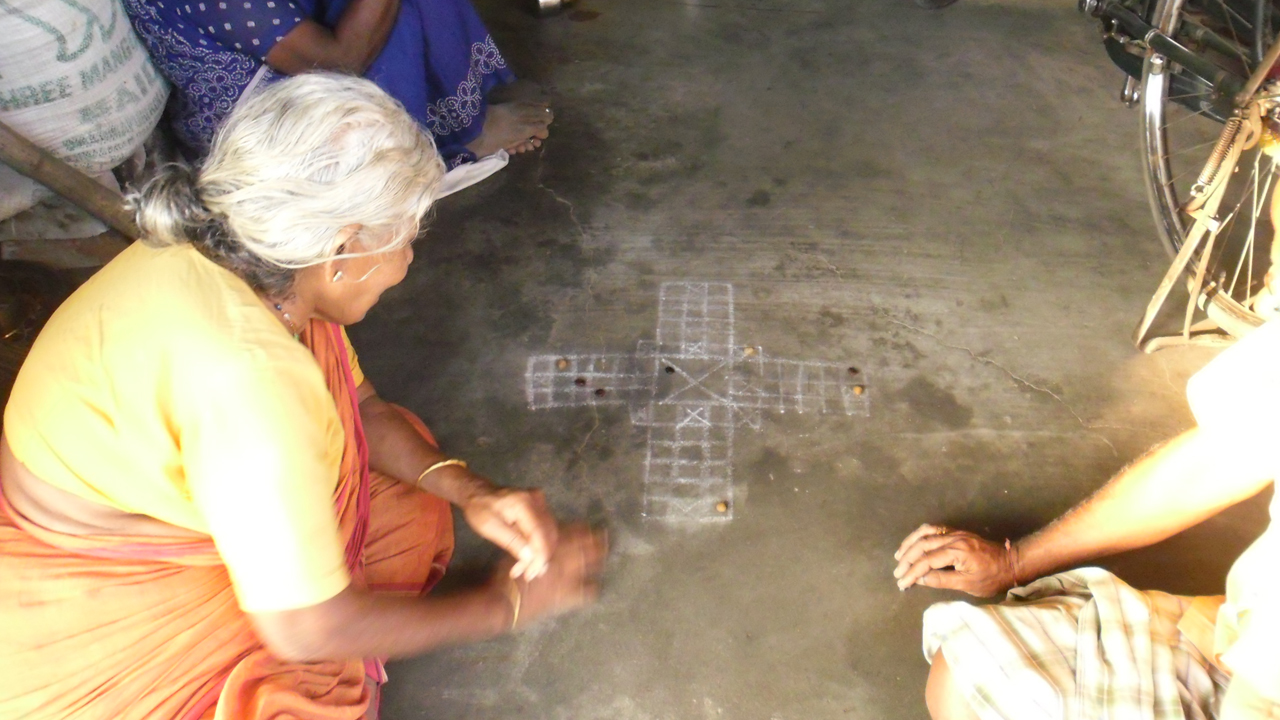
Pachisi is an ancient Indian board game that dates back to the 6th century CE. The game is played on a cross-shaped board with four players, each with four pieces. The goal is to move all your pieces around the board and into the center space before your opponents. Pachisi is the precursor to the modern game Ludo.
Chaturanga
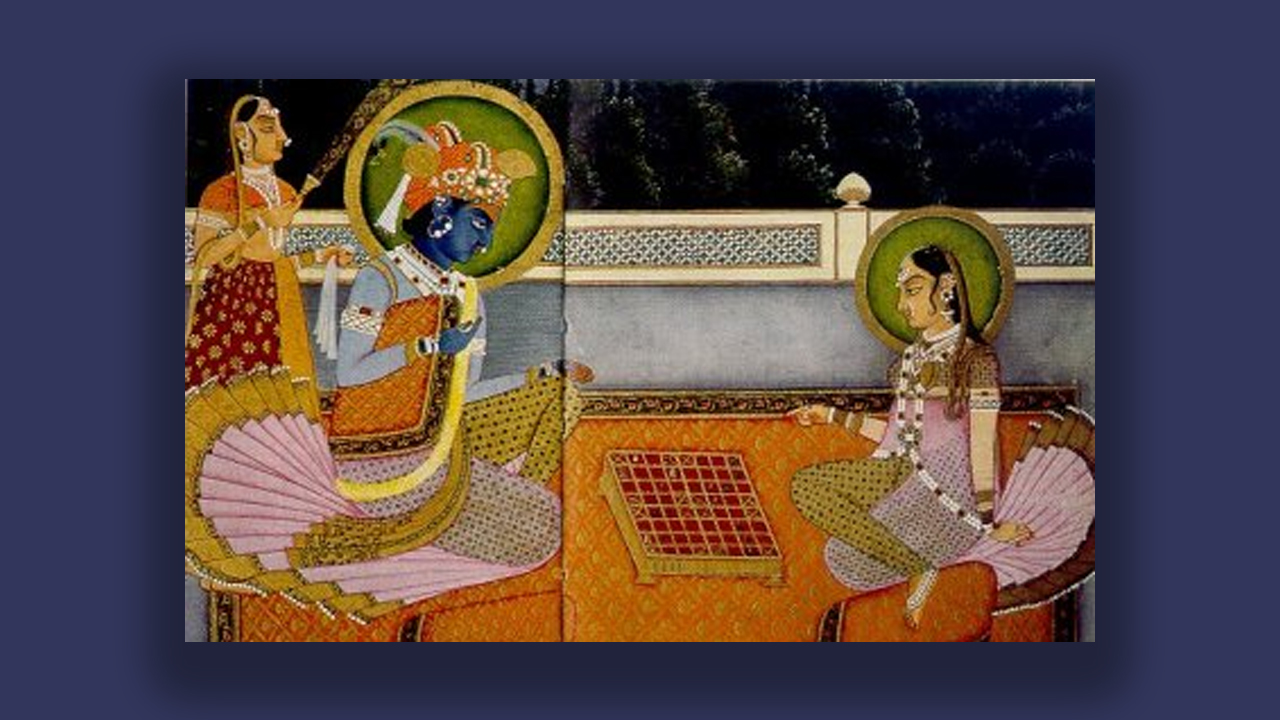
Chaturanga, another ancient Indian game, is considered the ancestor of chess. Dating back to the 6th century CE, Chaturanga was played on a board with 64 squares and featured pieces similar to those in modern chess, such as the king, rook, and knight. The game was a favorite among nobility and scholars.
Liubo
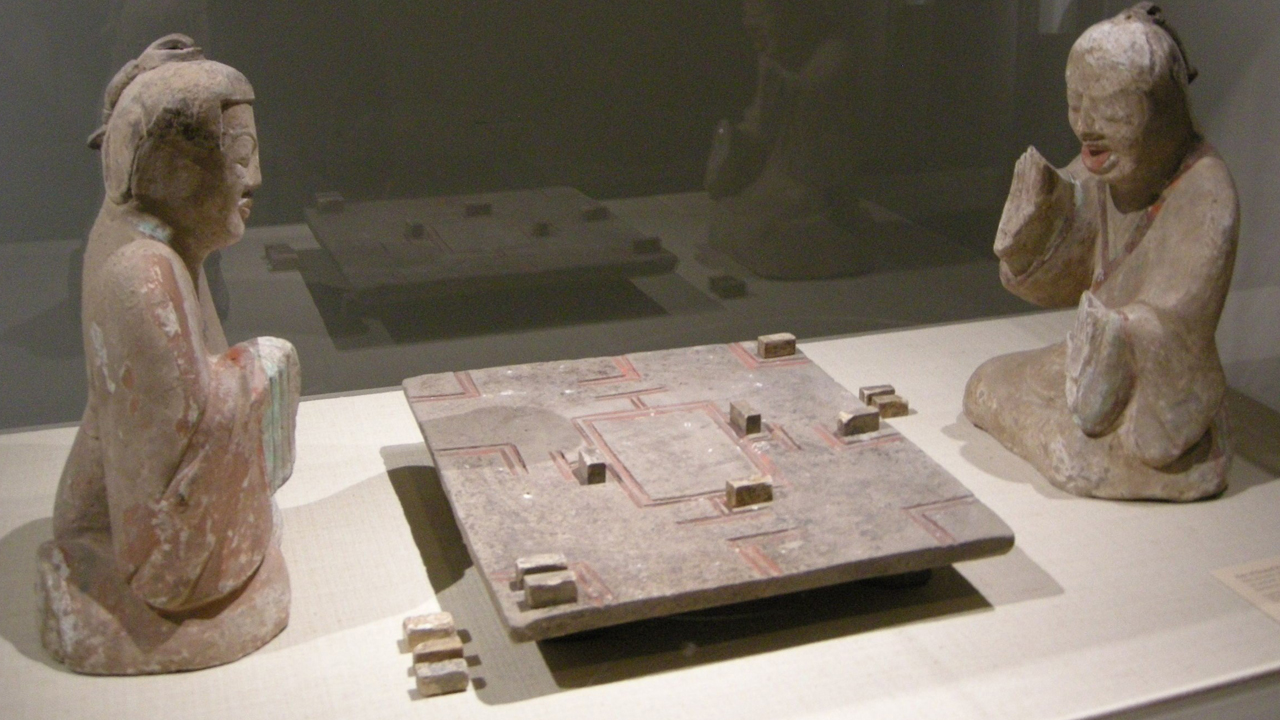
Liubo, an ancient Chinese board game, was popular during the Han Dynasty (202 BCE – 220 CE). The game was played on a square board with a distinctive pattern and involved moving pieces based on the throw of dice. Although the exact rules are lost to history, Liubo remains an important part of Chinese gaming heritage.
Patolli
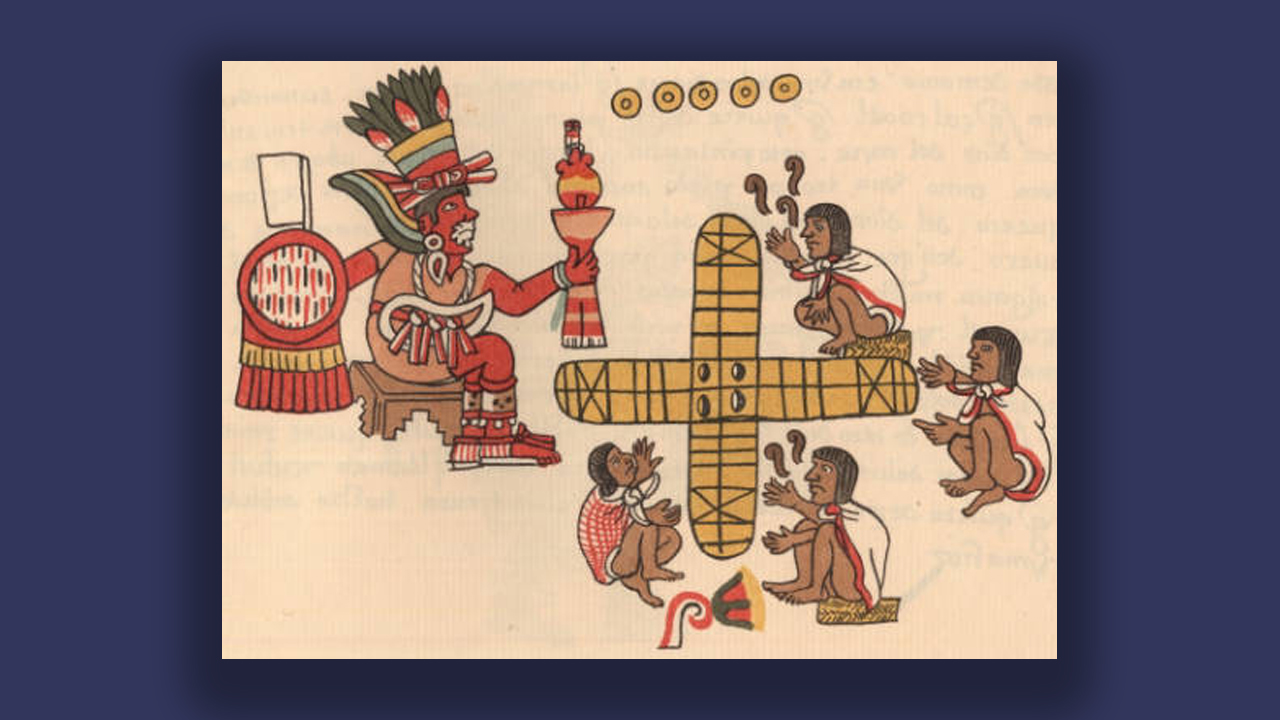
Patolli is an ancient Mesoamerican board game that was played by the Aztecs, Maya, and other indigenous peoples. The game dates back to around 200 BCE and was played on a cross-shaped board with beans or stones as dice. Patolli had religious and symbolic significance in Mesoamerican cultures.
Tâb
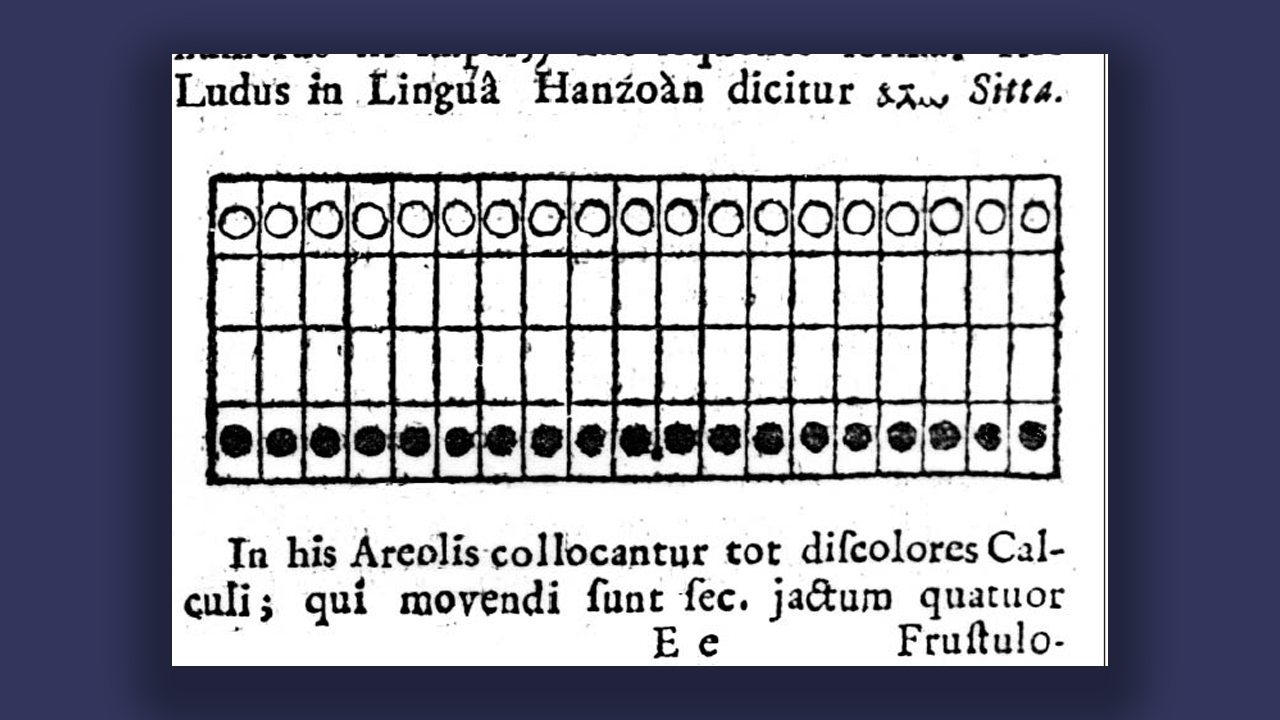
Tâb is often identified with the ancient Roman game of Tabula that dates back to around the 1st century CE. The game is similar to modern backgammon and was played on a board with 24 spaces, with pieces moved based on the roll of dice. Tâb was popular among all classes of Roman society.
Shatranj
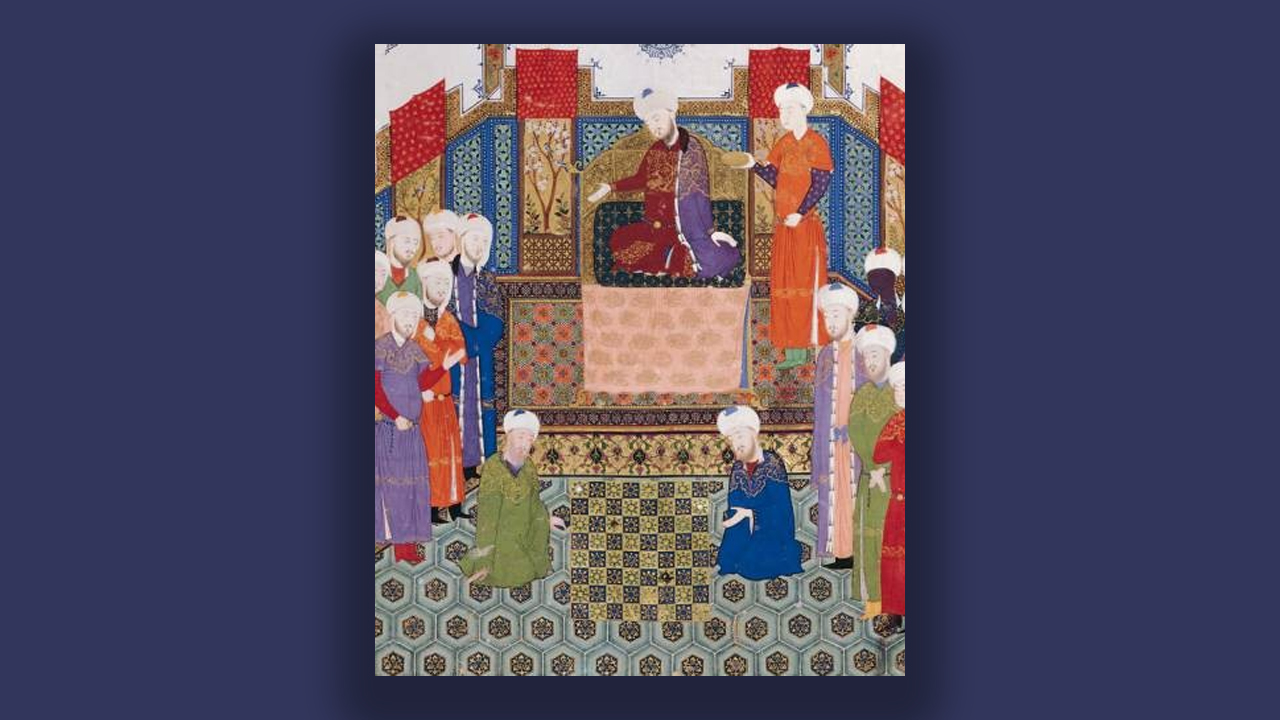
Shatranj, an ancient Persian game, is another precursor to modern chess. The game emerged around the 6th century CE and featured pieces similar to those in chess, but with slightly different moves. Shatranj spread throughout the Islamic world and eventually gave rise to the chess we know today.
Shax
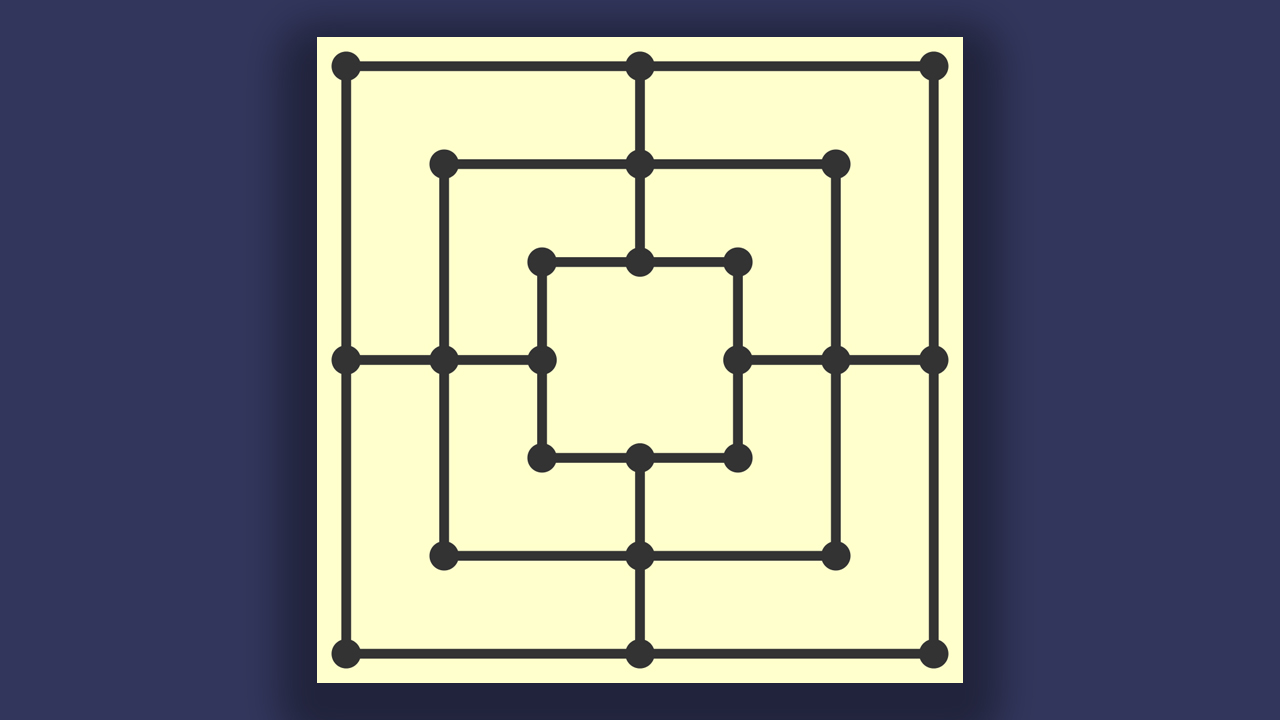
Shax, an ancient Somali board game, has been played for over 1000 years. The game is played on a board with 24 spaces and involves moving pieces based on the throw of cowrie shells or dice. Shax is an important part of Somali cultural heritage and is still enjoyed today.
Hnefatafl
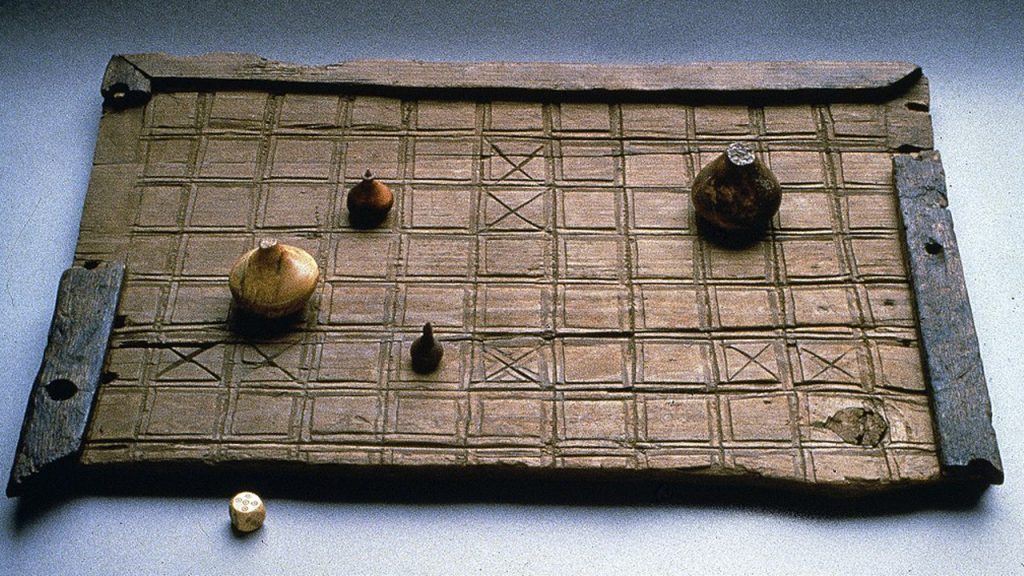
Hnefatafl, often referred to as Viking chess, is an ancient Norse board game that dates back to around 400 AD. Unlike modern chess, it has unequal sides and different objectives for each player. It was popular among the Vikings and other Germanic cultures before being largely replaced by chess in the twelfth century.
Ellen has been obsessed with logic puzzles, jigsaws, and cryptograms since she was a kid. After learning she was taught how to play chess wrong by a family friend (so they could win), she joined her school chess club and the rest is history.


